Corroded pipes in plumbing systems can be a significant headache for homeowners and can lead to plumbing failures if left unaddressed. Corrosion can cause leaks, reduced water quality, and even structural damage to your property.
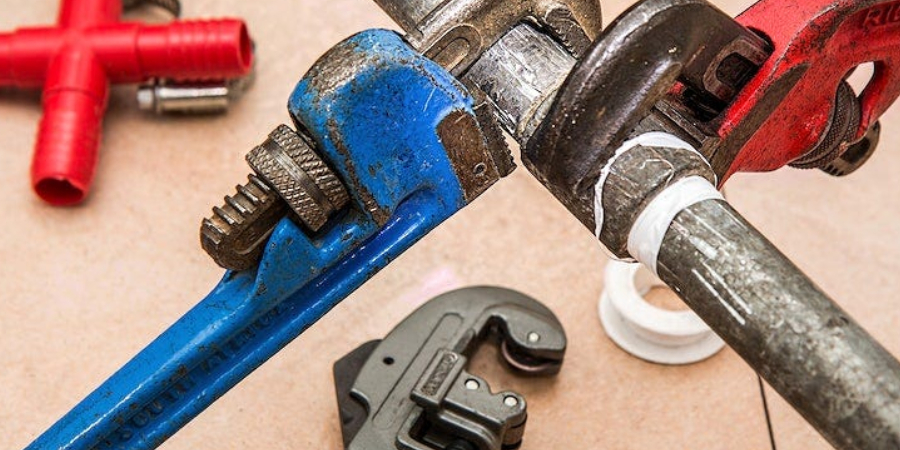
Fortunately, there are various methods and approaches to fix corroded pipes, depending on the extent of the damage and the material of the pipes. This article will explore the techniques and solutions available for treating corroded pipes, ranging from preventive measures to repair strategies.
From identifying the signs of corrosion to implementing composite materials and wraps for rehabilitation, we will delve into how to fix corroded pipes. Whether you’re a homeowner looking to maintain your plumbing system or a professional plumber seeking solutions, this guide will provide valuable insights into the treatment of corroded pipes.
Importance of Addressing Corroded Pipes
Pipes play a crucial role in the plumbing system of any building structure. They are responsible for carrying water, gas, and other liquids into and out of our homes. While pipes are built to last for many years, they can become corroded over time due to various environmental factors.
Corroded pipes pose a significant threat to the safety and functionality of our plumbing systems. If left unaddressed, they can lead to a range of issues that can be costly and time-consuming to fix. In extreme cases, corroded pipes can even cause structural damage to our homes.
Therefore, it is essential to address corroded pipes as soon as possible. This not only ensures the functionality and safety of our plumbing system but also helps prevent potential hazards and costly repairs in the future.
Furthermore, addressing corroded pipes can also help save money on utility bills. Corroded pipes can lead to leaks, which result in wasted water and increased water bills. By fixing these pipes, we can prevent unnecessary expenses and contribute to conserving our natural resources.
Additionally, dealing with corroded pipes is not only a matter of functionality and cost but also a matter of health. Corroded pipes can contaminate our water supply with harmful chemicals and bacteria, posing a risk to our health and well-being. By fixing these pipes, we can ensure the safety and quality of the water we use for cooking, cleaning, and drinking.
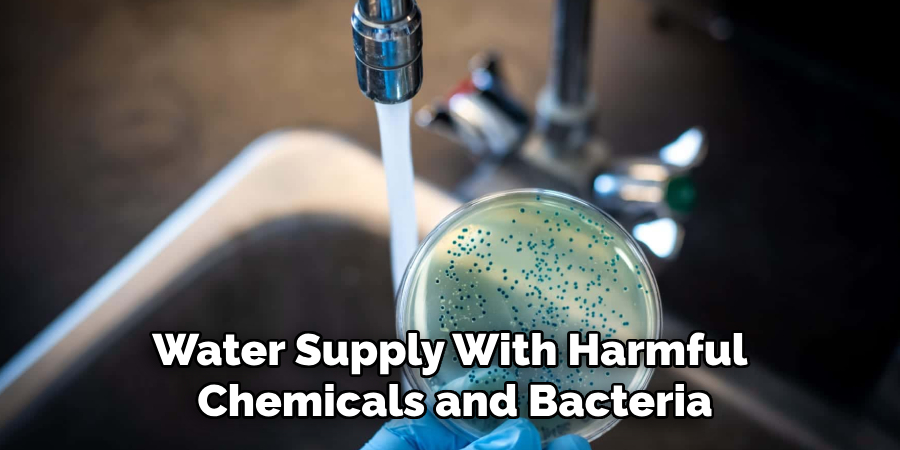
Potential Consequences of Neglecting Corrosion
Corrosion is a natural process that occurs when metal comes into contact with oxygen and moisture. While it may seem like a minor issue, neglecting corrosion on pipes can have serious consequences. Here are some potential problems that can arise from corroded pipes:
- Reduced water flow: As corrosion builds up inside a pipe, it can restrict the flow of water. This means that your water pressure may decrease, making it difficult to do everyday tasks like showering or washing dishes.
- Contaminated water: When pipes corrode, small particles of rust can mix with the water flowing through them. This can lead to discolored and foul-smelling water, which is not only unpleasant but can also be harmful if consumed.
- Pipe leaks: Over time, corrosion can weaken the structural integrity of pipes. This can eventually lead to leaks and bursts, causing damage to your property and potentially requiring costly repairs.
- Health hazards: In addition to contaminated water, corroded pipes can also pose health hazards due to the growth of harmful bacteria. These bacteria thrive in moist environments and can cause serious illnesses if ingested.
- Increased utility bills: Corroded pipes can be inefficient in delivering water to your faucets and appliances, resulting in an increase in your utility bills. This is because more energy is needed to pump water through corroded pipes, making your water usage more costly.
- Structural damage: If pipes are located within the walls or foundation of a building, corrosion can cause structural damage as it eats away at the walls and supports. This can compromise the stability of the building and require extensive repairs.
10 Methods How to Fix Corroded Pipes
1. Pipe Replacement
Pipe replacement is the most common method for fixing corroded pipes. This involves removing the old, corroded pipe and replacing it with a new one. The new pipe should be made of a corrosion-resistant material such as stainless steel or PVC. This is an effective way to fix corroded pipes, but it can be expensive and time-consuming. In addition, if the corrosion is extensive, it may be necessary to replace a larger section of the pipe or even the entire pipeline.
2. Pipe Wrapping
Pipe wrapping is another option for fixing corroded pipes. This involves covering the outside of the pipe with a protective wrap that prevents further corrosion from occurring. This method can be used on both metal and plastic pipes and can be relatively inexpensive compared to other methods. There are various types of pipe wrap materials available, such as epoxy resin, fiberglass, and polyethylene.
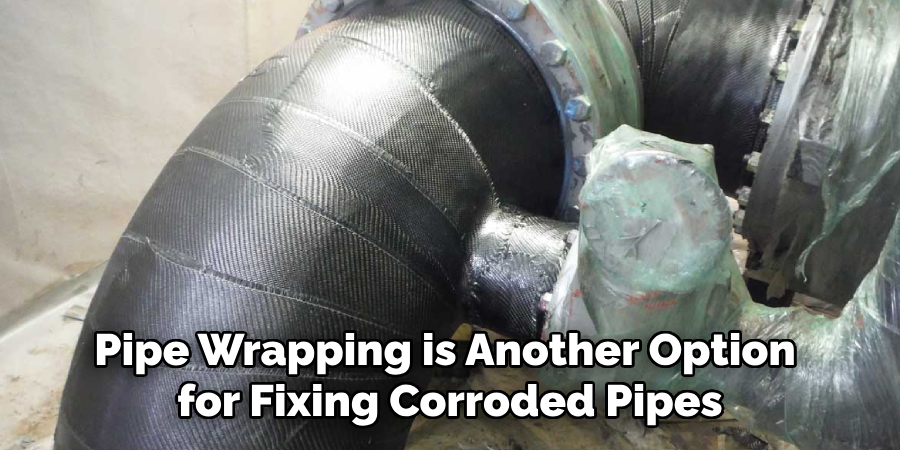
3. Galvanizing
Galvanizing is a process in which metal pipes are coated with zinc to prevent corrosion from occurring. The zinc coating creates a barrier between the metal and any corrosive materials that may come into contact with it, thus preventing further corrosion from occurring. Galvanized pipes are more resistant to corrosion than non-galvanized ones, making them a good choice for areas where there is a high risk of corrosion. However, galvanizing is not a permanent solution and may need to be reapplied over time to maintain its effectiveness.
4. Cathodic Protection
Cathodic protection is another method used to protect metal pipes from corrosion. In this method, an electrical current is applied to the pipe, which helps to reduce the rate of corrosion by creating an electrolytic cell around the pipe that neutralizes any corrosive compounds present in the environment surrounding it. Although cathodic protection is not a permanent solution, it can significantly extend the life of corroded pipes.
5. Epoxy Coating
Epoxy coating is another method used to protect metal pipes from corrosion by creating an impermeable layer on top of them that prevents any corrosive materials from coming into contact with them and causing damage over time. Epoxy coatings are available in various colors and textures, making them suitable for use in many different applications where aesthetics are important considerations when selecting a pipe protection system.
In addition to protecting against corrosion, epoxy coatings can also improve the overall strength and durability of metal pipes. This is because the coating acts as a barrier that prevents moisture from seeping into the pipe, which could lead to rust and eventual weakening of the metal. The added layer of protection provided by epoxy coatings can extend the lifespan of metal pipes significantly, making them a cost-effective solution for preventing corrosion-related issues.
6. Internal Lining
Internal lining is another option for protecting metal pipes from corrosion by forming an impermeable barrier inside them that prevents any corrosive materials from coming into contact with them and causing damage over time. Internal linings are available in various materials such as polyethylene, polyurethane, epoxy resins, and rubberized asphalt coatings, making them suitable for use in many different applications where aesthetics are important considerations when selecting a pipe protection system.
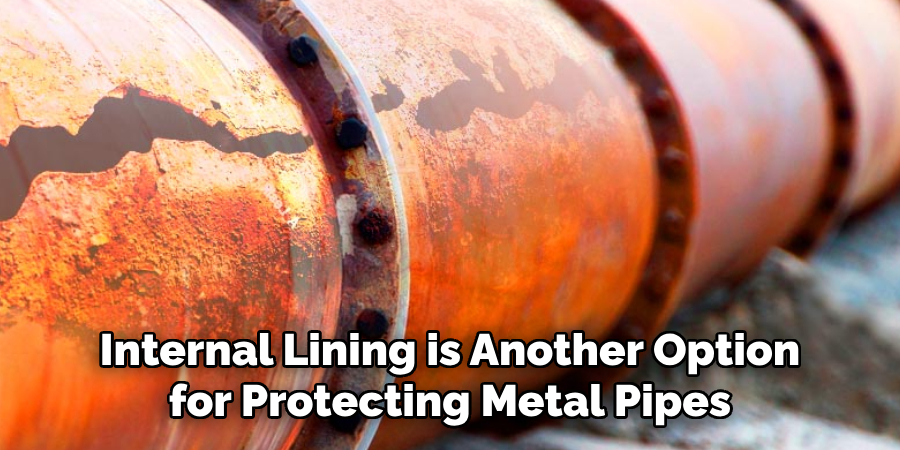
7. External Coating
External coating is another way to protect metal pipes from corrosion by forming an impermeable barrier on their exterior surfaces that prevents any corrosive materials from coming into contact with them and causing damage over time. External coatings are available in various colors and textures, making them suitable for use in many different applications where aesthetics are important considerations when selecting a pipe protection system.
8. Chemical Treatment
Chemical treatment is another way to protect metal pipes from corrosion by applying chemical compounds directly onto their surfaces that help prevent further deterioration due to exposure to corrosive elements present in the environment surrounding them. The chemicals used vary depending on what type of material the pipe is made out of but typically include inhibitors such as phosphates or chromates which help slow down or stop the chemical reaction between metals and oxygen molecules present in water or air, which causes rusting or pitting over time.
9. Anodizing
Anodizing involves passing an electric current through aluminum or other metals, which causes oxidation on their surface which helps create an oxide layer that protects against further oxidation caused by exposure to moisture or other chemicals present in the environment surrounding them.. Anodizing can also improve aesthetic qualities such as color and texture since it creates a uniform finish across all treated surfaces. Additionally, anodizing helps increase resistance against wear due to abrasion or impact since it forms thicker layers than those created through painting or powder coating processes.
10. Powder Coating
Powder coating involves applying finely ground particles of paint onto metal surfaces, which then form protective layers when heated up during curing processes. Powder coating provides excellent durability against harsh environmental conditions such as UV radiation since its layers remain intact even after prolonged exposure. Additionally, powder coating requires less energy than traditional liquid painting processes since no solvents need to be evaporated during curing cycles. This makes it an environmentally friendly option for coating corroded pipes.
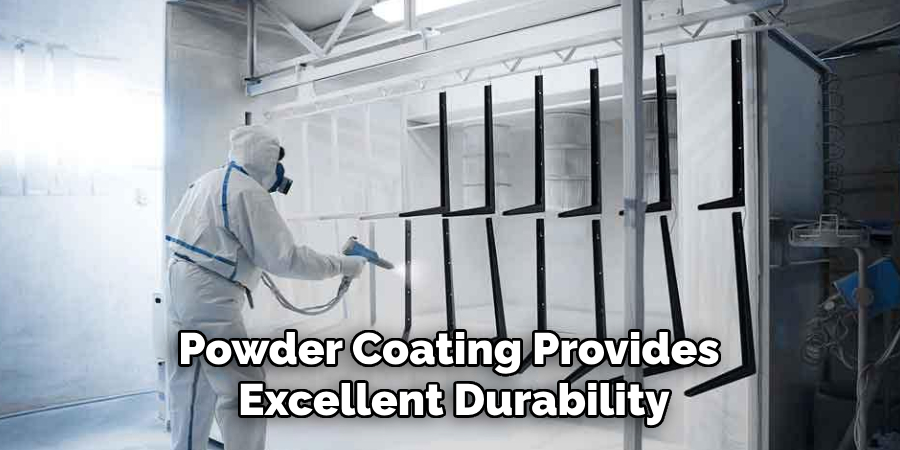
Conclusion
We have explored the various causes and potential solutions to address corroded pipes, as well as how to distinguish them from other kinds of damage. One essential part of protecting and maintaining your plumbing system is to perform regular inspections.
This applies both indoors and outdoors and can be done on your own or with professional help. Moreover, if corrosion has already taken place, you need to assess the situation carefully before deciding which repair option works best for you.
Always remember to take safety precautions when cleaning or working with corrosive chemicals–better safe than sorry! All in all, staying vigilant about the state of your pipes is essential for all homeowners. By following these steps, you should be able to understand how to fix corroded pipes quickly and effectively so that your daily life remains hassle-free!

